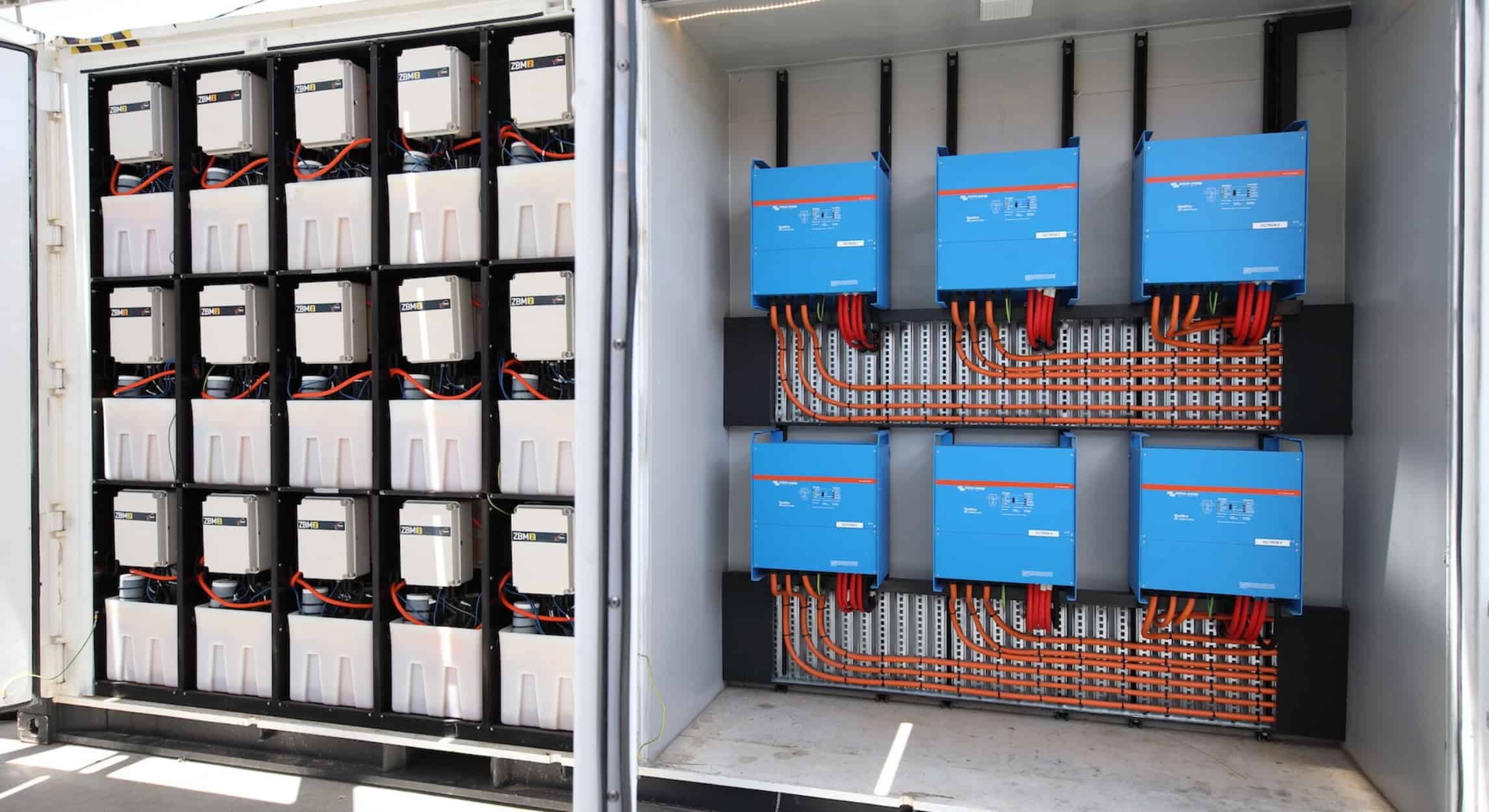
17 Mar Bromine-based energy storage solutions meet new EU sustainability requirements for batteries
The European Commission has published its proposal for a Regulation on Batteries, replacing the existing Battery Directive, to modernise the EU battery framework, in line with the expected increase in energy demand, and to accelerate the low-carbon economy transition. Bromine-based energy storage solutions are ready to meet the new ambitious sustainability standards, including requirements on removability and replaceability, performance and durability standards, as well as requirements on waste treatment.
In flow batteries fuelled by the reaction between zinc and bromide and using bromine as the electrolyte, removability and replaceability are built into the product design. When the battery reaches the end-of-life after 15 to 20 years of use, the battery electrolyte can be removed and completely recovered as bromine in a bromine recovery unit to be available again for use.
When bromine is part of a brominated flame retardant in batteries, recycling is more efficient without separating BFRs from the polymer they are bound to. Therefore, recycling usually occurs for the parent polymer, which can be used again and again to manufacture new products with the same quality and less energy consumption.
As far as performance and durability are concerned, bromine-based technologies present several advantages. Not only do they ensure low embedded energy in the manufacturing process of batteries, but they also prevent CO2 emissions during their operational life. Moreover, the high energy density of each single battery allows for continuous energy release for up to 10 hours or more at a high rate of discharge. Additionally, these batteries are rechargeable over 10,000 times, showing extreme durability.
Bromine-based energy storage applications already offer a highly efficient and cost-effective solution to sustainably manage energy from renewable sources, minimising energy loss, reducing overall energy use and cost and safeguarding security of supply.
Their compliance with the new EU sustainability requirements for batteries ranging from design requirements to performance and durability standards, only makes the case for the expansion of these applications even stronger.
Our industry is ready to tackle tomorrow’s challenges today and to ensure an efficient, sustainable and circular management of low-carbon, renewable energy resources.




No Comments